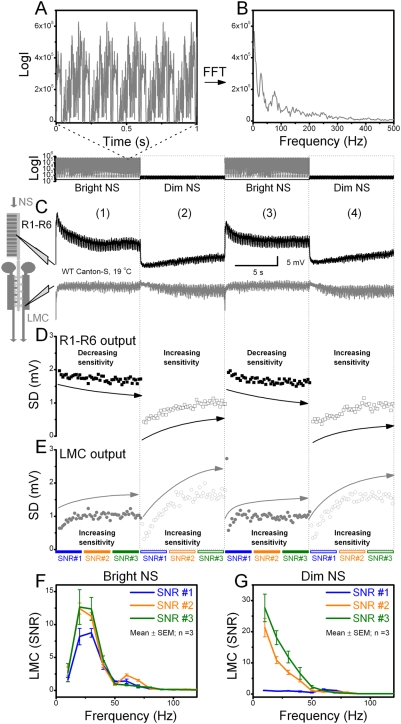Figure 5. Adaptation improves neural encoding of repetitive naturalistic stimulus in all light-dark transitions.
Adaptation sensitizes LMC output over time, rescaling naturalistic contrast stimulus, NS, to a relatively uniform voltage distribution irrespective of the mean luminance and preceding dark/light-adaptation. A–B. Panels show five samples of the same bright stimulus pattern and their frequency spectrum, respectively. C. Typical intracellular voltage responses of a photoreceptor (black) and a LMC (gray) in a WT fly to a 200 ms-long stimulus that was continuously repeated (cf. individual traces in Figs. S2). Every 10 s, the stimulus was transiently either brightened or dimmed 103-fold for the next 10 s (dim-bright transitions <1 µs). As expected, the photoreceptor generates larger responses at bright than at dim luminance, whereas the corresponding responses of the LMC show less amplitude variations (cf. Fig. 2A). The figure is divided into four columns (1–4) that indicate distinct post-transition periods: (1) from darkness to bright stimuli, (2) from bright to dim stimuli, (3) from dim to bright stimuli, and again (4) from bright to dim stimuli. D. Adaptation in photoreceptor output, shown as SD, was calculated for each 200 ms long response to the stimulus over each post-transition period. Photoreceptor output (mostly due to phototransduction) is desensitized by brightening and sensitized by dimming. The arrows indicate the corresponding adaptive trends. E. Adaptation in LMC output (attributable to synaptic processing) shown as SD, in respect to D. Apart from the transient desensitization (<100 ms), LMC output is sensitized both by brightening and dimming, but this rescaling occurs with different speeds (fast at bright, slower at dim stimuli), similar to LMC output in pre-dark-adapted flies in Fig. 2E. F–G. Signal-to-noise ratio (SNR) of the LMC output for bright and dim stimuli, respectively, calculated from 15 consecutive responses, i.e. 3 seconds of data with each response lasting 200 ms. Signal-to-noise ratios are given at different states of adaptation: just after the luminance transition (SNR#1), in the middle of adaptation to given luminance (SNR#2) and in the end of the luminance cycle (SNR#3). Signal-to-noise ratio to the bright stimulus is band-passing and low-passing to the dim stimulus, as predicted for such inputs [11]. In addition, signal-to-noise ratio of LMC output increases with stimulus repetitions, regardless of the luminance level, implying a dynamic increase in the rate of information transfer of naturalistic stimulation by adaptation.

